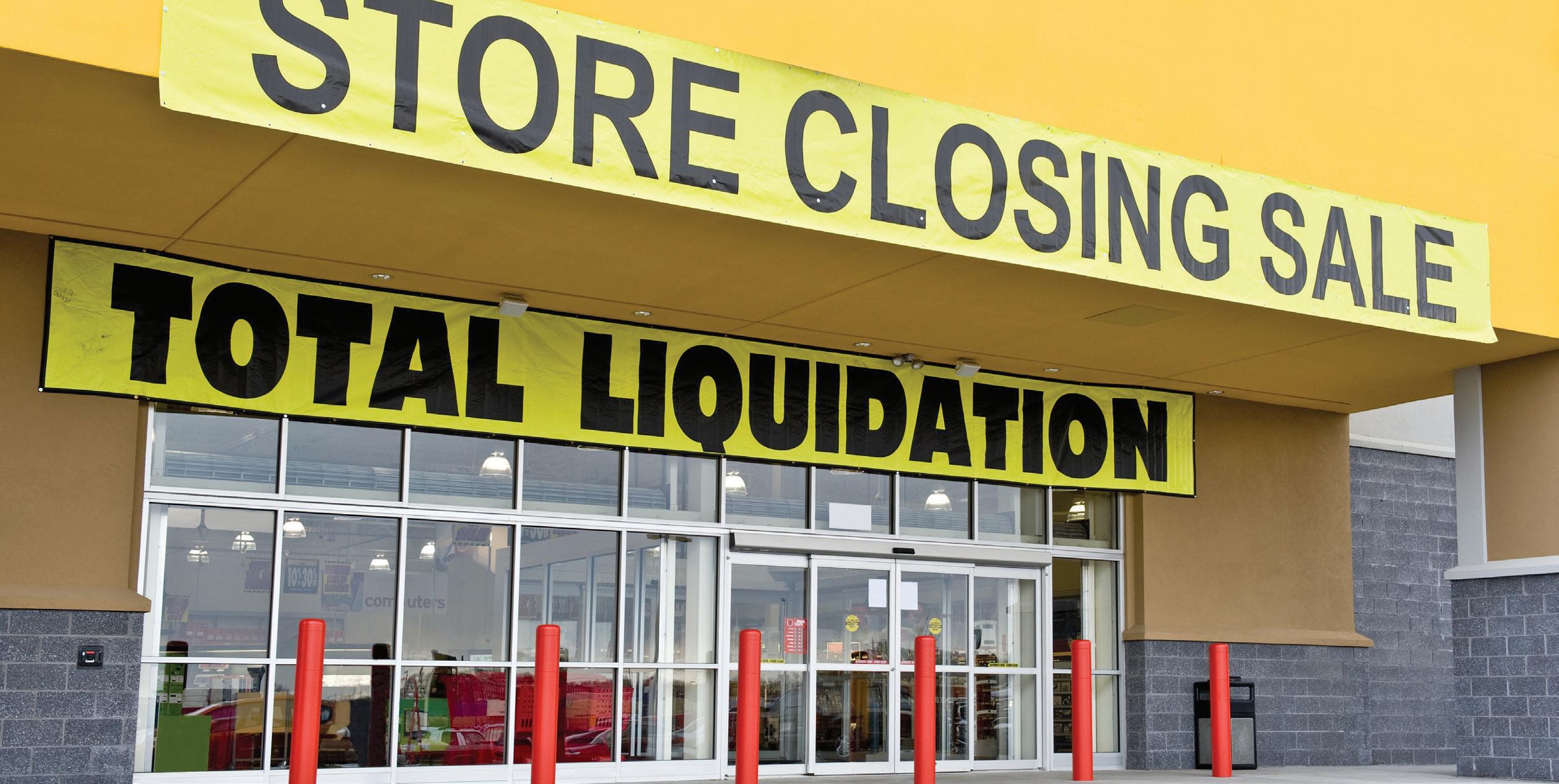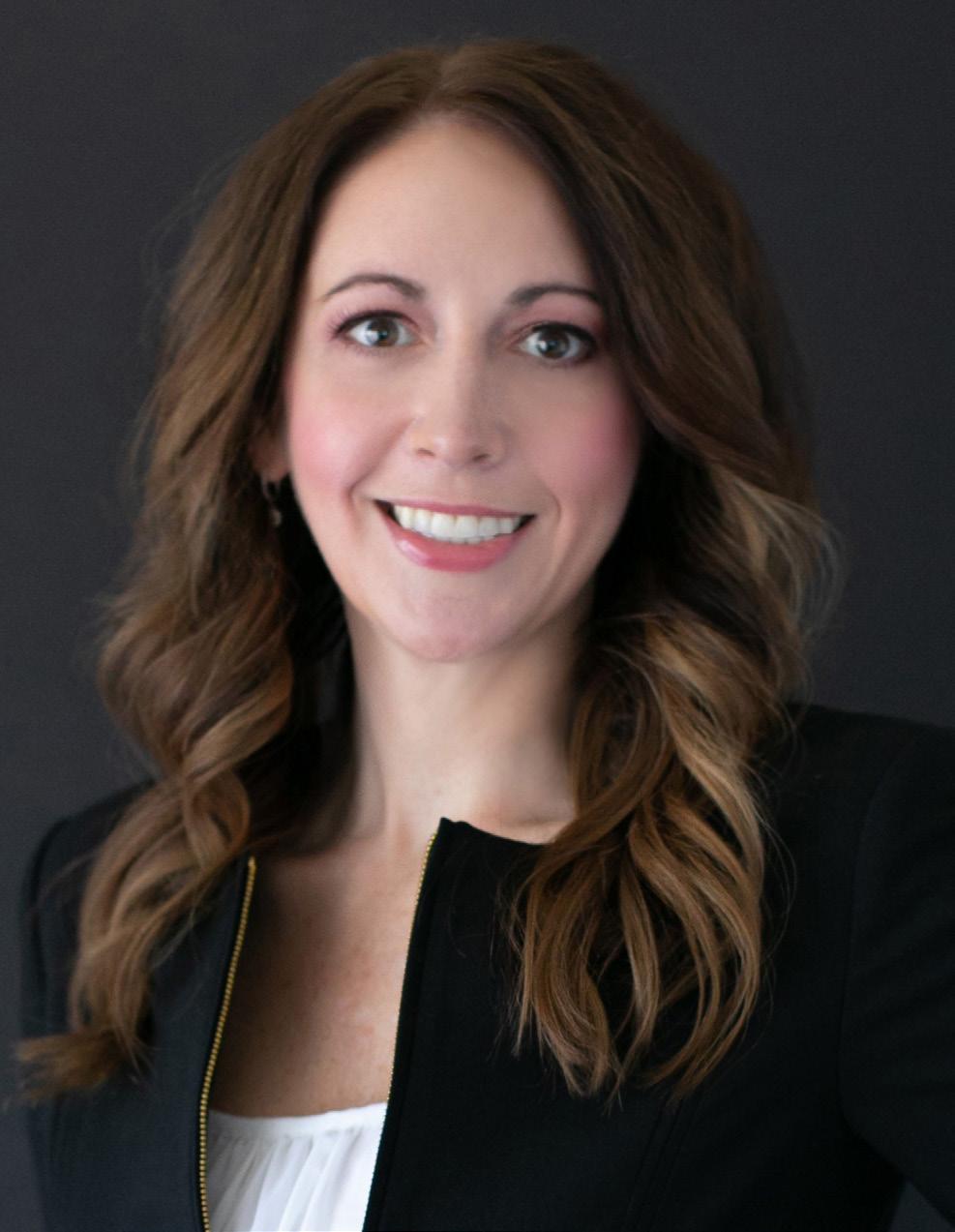Small Steps to a Greener Bank
Article Courtesy of Office Depot
f
inancial organizations such as banks have not historically been thought of as having significant environmental impacts. However, this reasoning is myopic. Banks and other financial services firms can have a multitude of direct and indirect environmental impacts: from the products and services they buy, to the everyday commuting and travel of their staff, to the buildings they occupy and the waste they generate. Since it is actually demand for products, buildings and fuel that drives upstream environmental impacts, shifting demand to greener alternatives can significantly reduce environmental impacts.
Step One: Ask Why Green?
Before starting a green program, the most important first step is to ask why go green? For a greening effort, this may be done most effectively with a small “green team” of interested people at every level, across functions. It is useful to include a representative from upper level management as the “champion”, a senior manager with overall responsibility for implementation, a facilities manager, a purchasing manager and an administrative assistant. The following fundamental questions can be used to prioritize your efforts. 1. Ask what are the bank’s main environmental impacts? In banks, common impacts include paper and office supplies purchases, printing, text purchases, technology purchase and use, landfill waste, travel to client meetings, electricity, and new building construction. 2. Ask where are these impacts more significant – at the bank’s head office or at its branch locations? In certain departments or equally across the bank? Answers to these questions will help you focus on reducing your most material environmental impacts. 3. Ask which environmental issues matter most to the bank? This may be as much a personal question as an organizational one, and there may also be a link between the two: does the bank have a stated interest in energy and climate change? Deforestation and biodiversity? Reducing toxic chemicals? Minimizing waste? The bank’s main concerns could drive first actions.
26
The Arkansas Banker n Fall 2020
4. Ask how does the bank approve or disapprove of new programs? Are budgets constrained and cost savings critical or are there opportunities to invest in ideas that deliver returns over time? What is the timeline for payback? Answering these questions can help establish your bank’s priorities.
Step Two: Buy Greener
Since purchasing drives environmental impacts up the supply chain, buying greener can help reduce impacts all the way up that chain. • “Greener” products…that help reduce the environmental impacts most important to the bank…while focusing on the highest expense categories…in each office or offices where the bank spends the most on these products. Another consideration is how green does the bank want to buy? Historically “green” has been a binary concept: products have been considered “green” or “not green.” But this is a flawed simplification. There is a continuum of green-ness: from not green to light green to dark green. Any product -- even if it has just a minor green benefit -- is likely “greener” than another without that benefit. The greenest products deliver maximum environmental benefits across the product lifecycle.
Cost and Quality Considerations
A recent Supply Chain Study (The Green Supply Chain, published by CSC, Manhattan Associates and IBM) confirms that concerns about cost justification constitute the most significant barrier to implementing a sustainable supply chain strategy. But while buying green may mean spending more for some products, the reality is that over a “basket of goods” it can be less expensive in the long run to go green at the office. Don’t believe it? Within the office context, calculate how much money is spent on new ink and toner cartridges. By switching to remanufactured cartridges a typical bank can save over 10% of what may be a large sum. The quality of remanufactured cartridges has improved significantly recently – today’s remanufacturing processes result in high quality, guaranteed cartridges that work effectively every day.


















